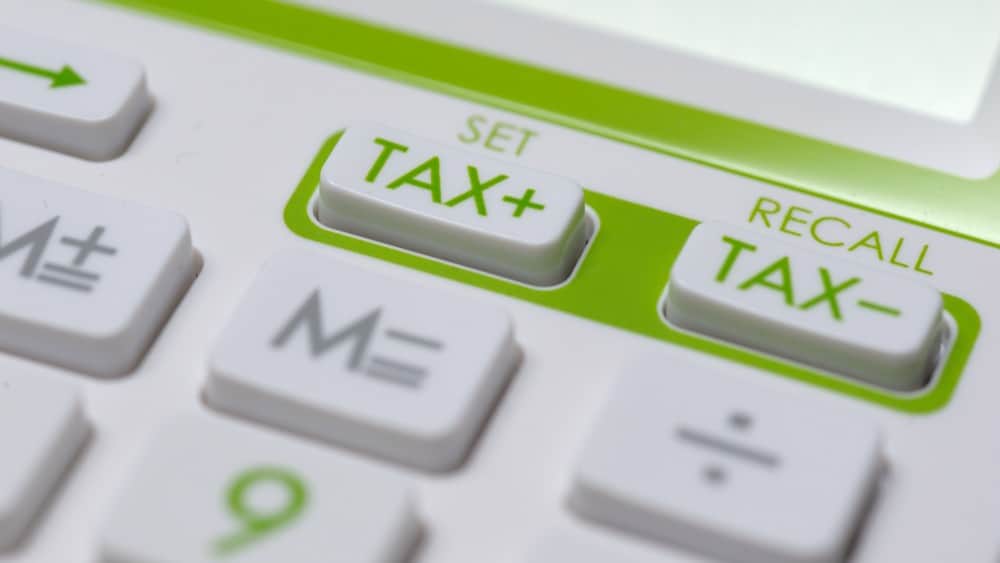Did you know that you pay no federal tax on the first $13,229 of your income?
Thanks to the basic personal amount tax credit, any federal tax on your first $13,229 has a 15% credit on it. Since the federal tax rate on $13,229 is exactly 15%, you pay no federal tax on the full amount. There are also similar provincial tax credits that serve the same purpose. The amounts covered differ from province to province.
In this article, I’ll be exploring the federal basic personal amount in detail — including how much you can save with it, and what you can do with the savings.
How much you save with the basic personal amount
The maximum amount you can save with the basic personal amount in 2020 is $1,984. That is, $13,229 times 0.15 — or 15%. If you earn less than $13,229 this year, you won’t be able to claim the full $1,984. For example, if you earn $10,000, you’ll only save $1,500. If you earn over $13,229, you don’t save any money on amounts from $13,230 and above.
How to claim the basic personal amount
You claim the basic personal amount on line 30000 of your tax return. You can see where that line appears on the form on the CRA’s website. It’s the first line under “step 5 – federal tax (formerly schedule 1).” That same section of your tax return lists a host of other credits you may be entitled to, so make sure to read it carefully. You never know how much money you’ll save with all the credits you’re entitled to.
How to invest your tax savings
$1,984 is a decent chunk of change.
And you can make it grow even further by investing it — especially if you invest in a TFSA.
At a 10% annual return, $1,984 will grow to $3,968 in just 7.2 years. In another 7.2 years after that, it will grow into $7,936, and so on. If you invest your money in a TFSA, you get to keep all of those gains tax free.
Let’s imagine that you held $1,984 worth of Royal Bank of Canada (TSX:RY)(NYSE:RY) in a TFSA. RY is a dividend stock that yields about 4%. With a $1,984 position in the stock, you’ll generate $79 a year in dividends. In a TFSA, you won’t have to pay any taxes on the dividends. Ditto for capital gains. If, say, after a few years, your RY position grew to $3,968, you could cash it out in a TFSA and pay no taxes on the proceeds. So, all the money you earned from both dividends and capital gains would be tax free.
RY is just one of many Canadian stocks you can invest your money in. Portfolio managers generally recommend that you diversify broadly to reduce risk. So, you’d be well advised to get some index funds like iShares S&P/TSX 60 Index Fund in your TFSA as well. By holding a mix of ETFs, GICs and dividend stocks like RY, you can grow your money over time. You don’t even need to assume a lot of risk to make 10% a year a reality.









